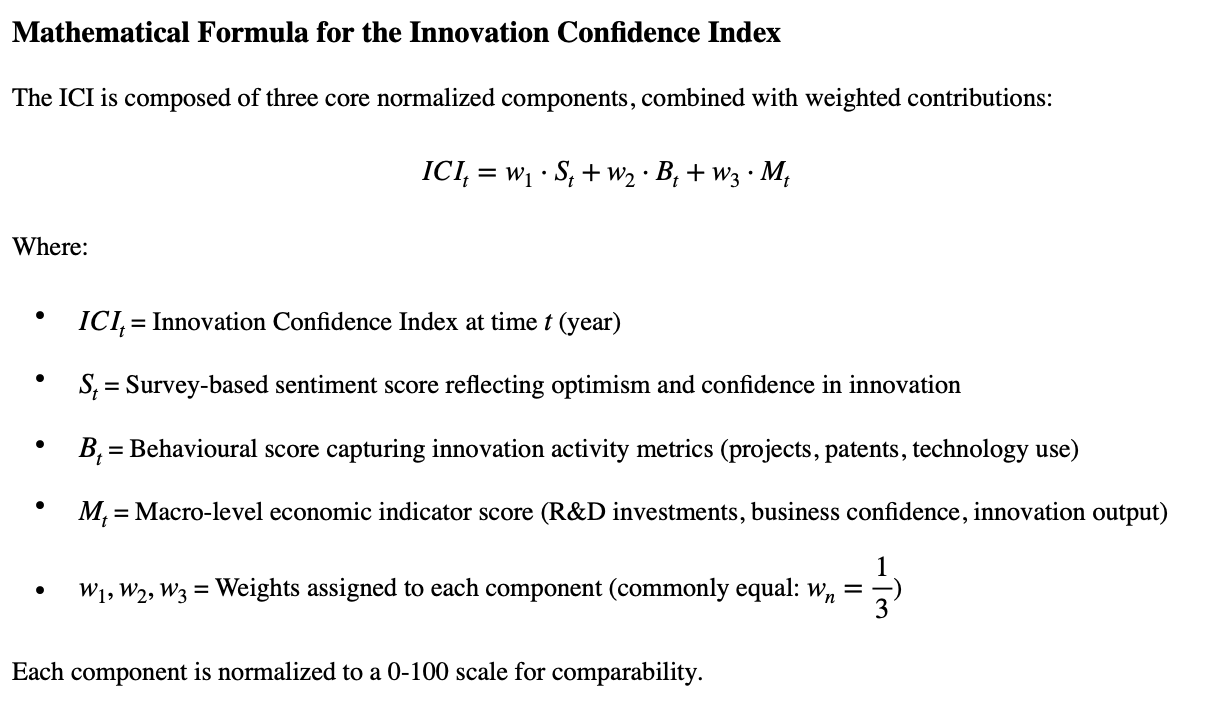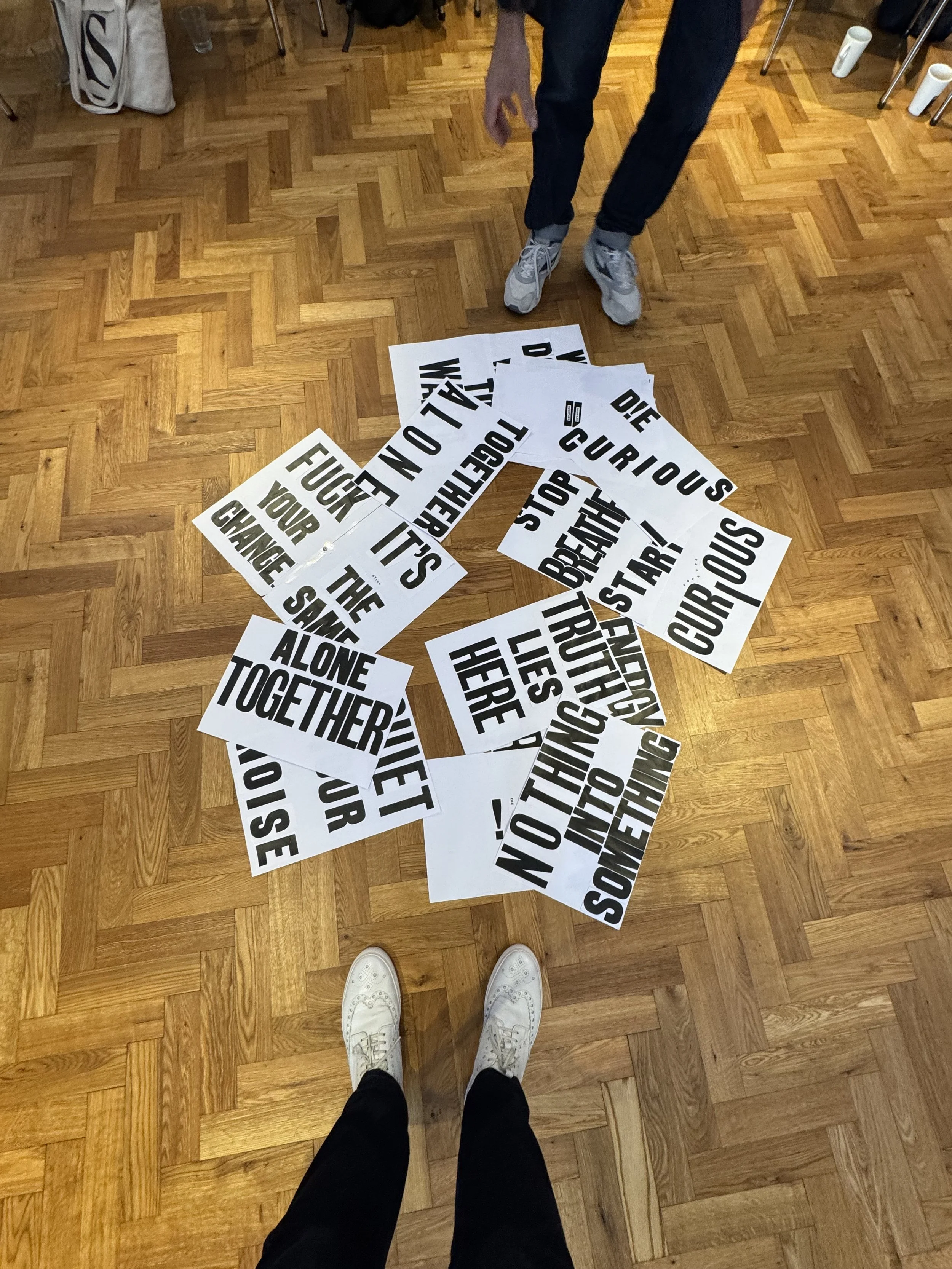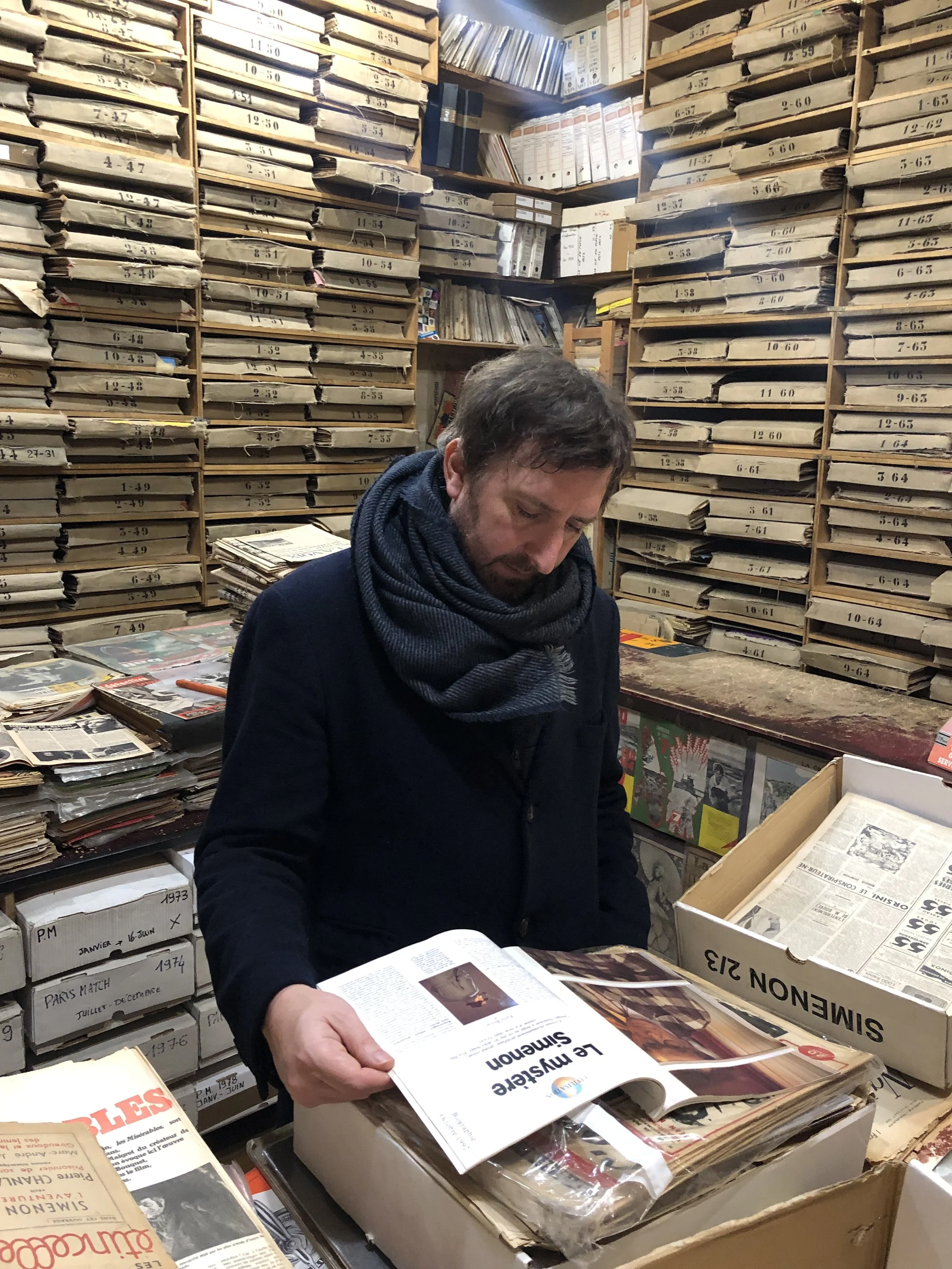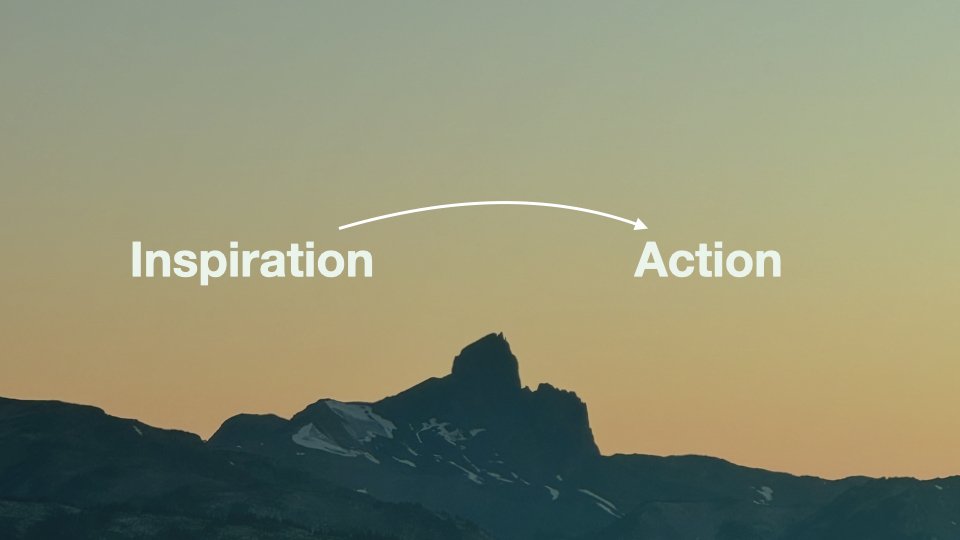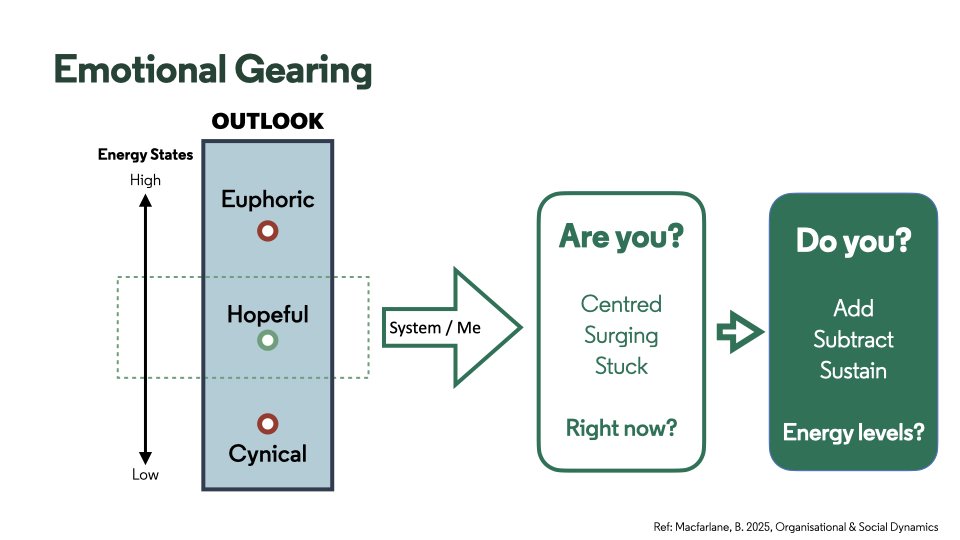Connecting Dots is the monthly newsletter for innovation leaders.
Subscribe
◎⁃◎
Manager View: The New Innovation Mandate
“The blunders are all there waiting to be made, on the board.”
— S. Tartakower, Russian chess master, speaking of the chessboard at the beginning of a game
Imagine you’re a sole contributor in a company, or a specialist who is responsible for a small team. In other words, you manage a specific slice of the organization’s overall work.
One day, you learn that there is a new innovation mandate. You may learn this in an all-hands meeting, in a company-wide email, or from your line manager if the organization is, well, organized. Or you hear via word of mouth from colleagues, in the media, or just through observation, if your organization is, well, disorganized.
However, the mandate comes to you, the executives behind it have been thinking about it for months, and now—just like that—so are you. As a manager, you probably haven’t been given proper tools or training in how to fulfill the new innovation mandate your executive has tasked you with.
Sure, there are books with technical methods like Strategizer, design thinking, Lean Startup, SAFe, Agile, your proprietary consultant-designed 200-page playbook, or a hundred other silver bullet promises. None of them equip you for what’s to come, as they are not conceived for the unique situation that is every organization sui generis at the forefront of their work in the here and now.
But you likely will be made aware that it’s an exciting opportunity that might require a little problem-solving to deal with some growing pains or organizational resistance—all realities quickly brushed over in the exciting promises of a glorious new future.
Beyond Change Management
Change management is the best term most can think of for what’s ahead, but it is wholly insufficient. At its core, innovation leadership for a manager is not change management, as that has a known solution and a known path to completion.
Innovation is a transition. The solution is discovered by validating a number of parallel perspectives:
Technical perspective - does it functionally work?
Commercial perspective - does the commercial model work?
Customer perspective - does it work for them?
Organizational perspective - will people work together to make it real?
I call them perspectives because you will look at them through the lens of your expertise and the nature of your work. If you work in software, you will naturally have an AI-centric paradigm. If you work in finance, it will be an economic lens. Physical products, a material design lens. Healthcare is a doctor, nurse or administrator’s lens. Or if you make big things like bridges, buildings, or factories, you will bring lenses of civil or structural engineering. And so on—you are the expert in the technical processes, who can expect the real challenge will be the last one—organizational.
Instead of simply conceiving, designing and tracking a period of adjustment, innovation requires reorientation and emotional processing as the new innovation is discovered and landed through a series of phases, team compositions, and constellations of collaboration across the organization. That’s why it’s a leadership act, an act of driving change with others to realize the ambition mandate.
The Leadership-Management Paradox
The challenge of working through the four perspectives is that you have two primary competing tasks to constantly reconcile:
Leadership - driving change through collaboration with others
Management - reducing risk and increasing repeatability through phases of discovery, design, and delivery
Yes, fundamentally, you are dealing with a paradox of how to achieve two opposite tasks in parallel. Logically, you likely already have the capabilities to problem-solve and think through these two tasks. The real challenge of transition is the human factors and negotiating through them in the here and now, practically and experientially.
A huge gap in most organizations is that while they deeply consider and test end customer needs, behaviours, and perceptions, they rarely do so for their own workforce. As a manager, while your task isn’t to “fix” your company, it is to work with the emotional and behavioural dynamics of your peers.
The Reality of Multi-Party Negotiation
What I’m describing is what’s called a multi-party negotiation. As a manager, you are facilitating a multi-party negotiation throughout your organization that determines just how much innovation the organization can bear right now.
A truth to anticipate is that as the manager:
You will be idealized
You will be despised
Progress requires collaboration
Progress can be derailed by small events
Anticipation is your primary task
Anticipation is empowered by empathy
As your innovation program progresses, the primary question to consistently consider is “how do we work together?” If you, as the manager, feel it’s your role to conceive the perfect solution and ram it through, evidence tells us failure is your likely end.
Failure, after all, is very real. When a new innovation mandate hits, failure isn’t just in the air—people can taste it. Contrary to innovation mythology, smart, well-trained executives are not motivated or inspired to fail fast. They are motivated and inspired to learn fast, identify pain points to resolve them, apply their competence in new ways competently and feel progress.
After all, the point isn’t to innovate for the sake of innovation. The point of innovation is to improve things. In practice, this may prove to be small improvements in ways of working or how the culture operates. Or it may prove to be fundamentally new ways of serving customers or outcompeting competitors.
Protecting Time for the Human Side
The mistake is to under-appreciate the human factors of change. As a rule of thumb, I encourage managers of innovation to invest and protect 50% of their time to address the emotional aspects of innovation. This means the feelings, thoughts, and behaviours that help or hinder innovation success.
It’s a lot of work, and while it feels personal, much of it isn’t about you; it’s about guiding others through the intensity of innovation. You, as the manager, are merely the container for hope and disappointment. However, who better than managers to keep people and their full human capabilities at the center of the work? After all, practical application of capabilities through effective and willing collaboration is the only known way of improving things.
◎⁃◎
Learn more about how to develop impactful innovation leaders.


